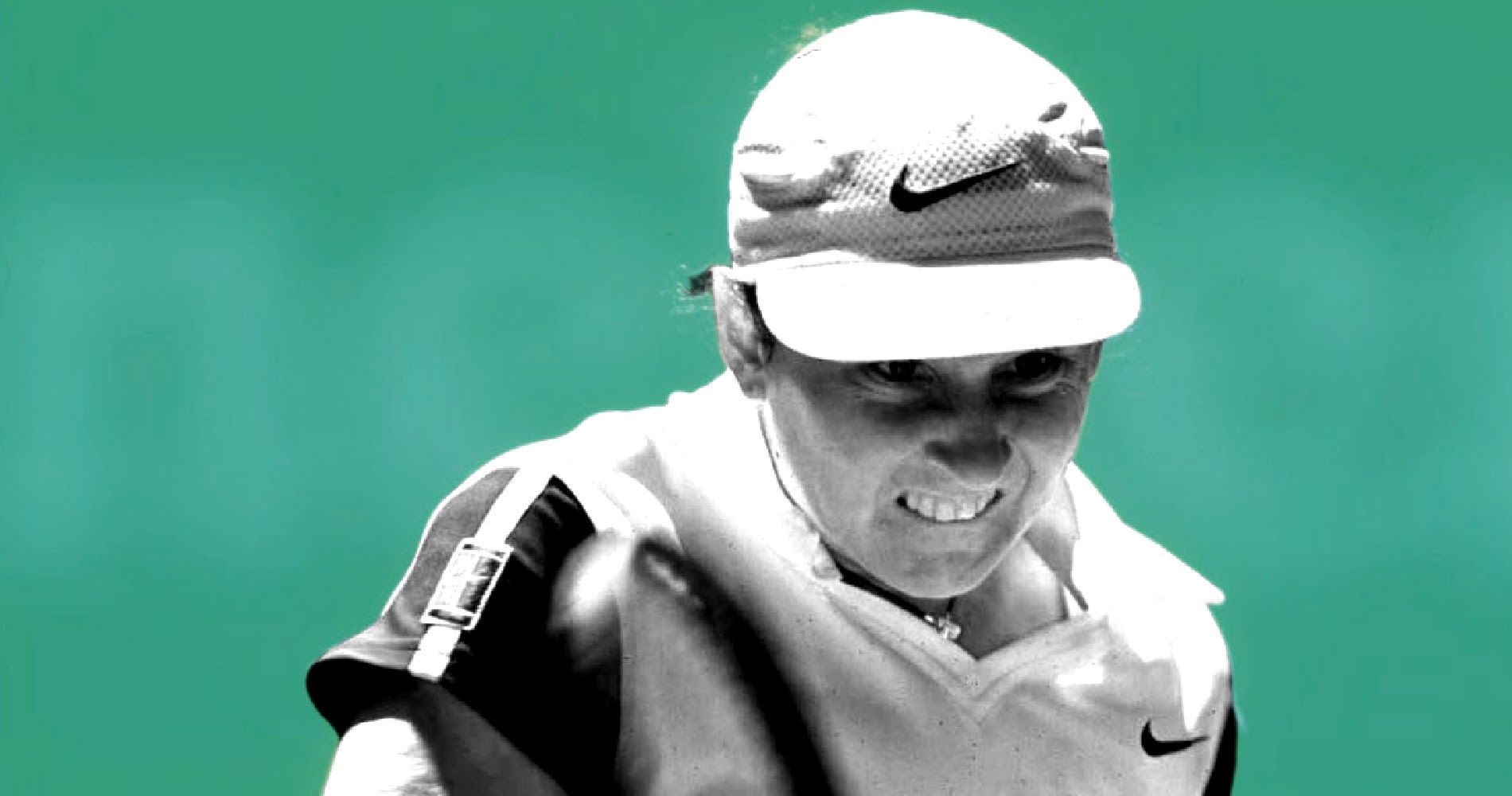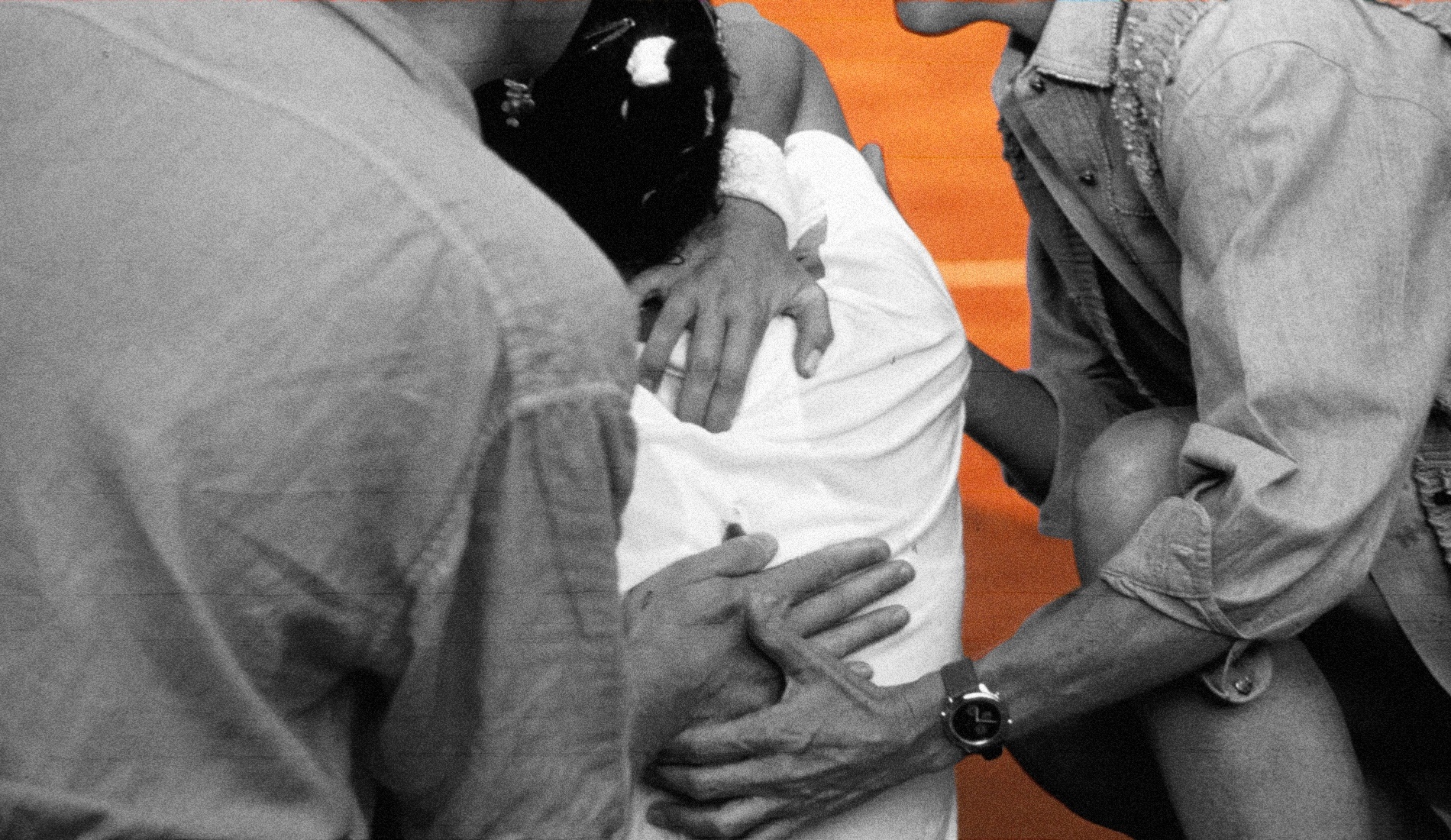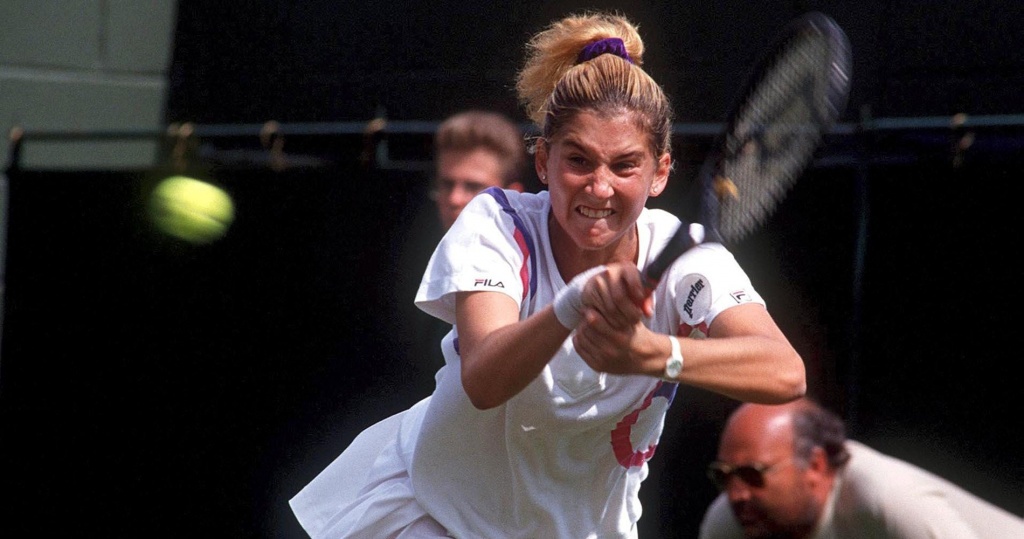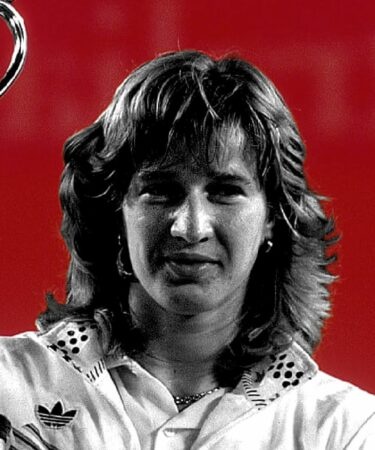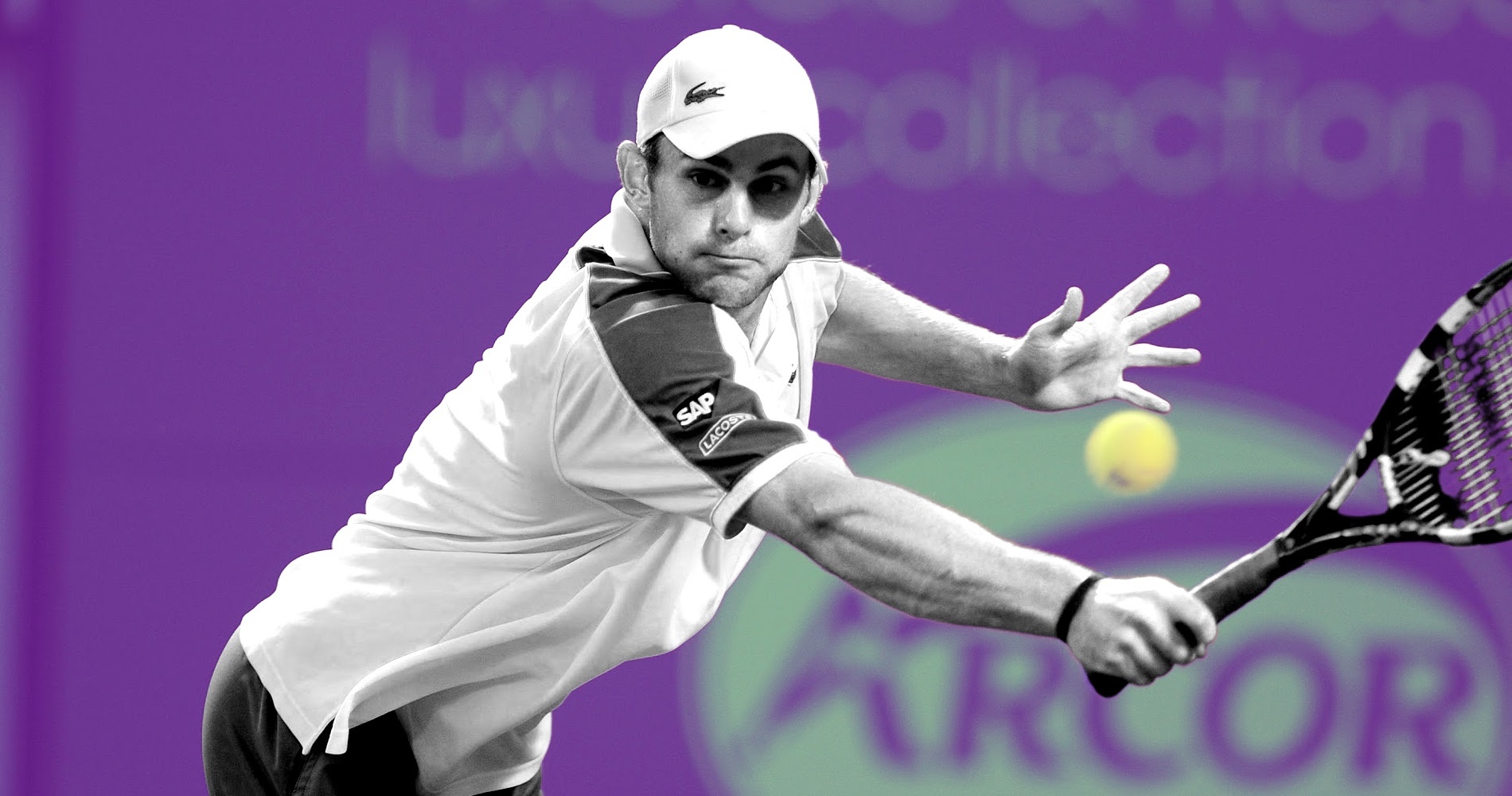June 9, 1990: The day Monica Seles became the youngest Roland-Garros champion in history
Every day, Tennis Majors takes you back in time to relive a tennis event which happened on this specific day. On June 9, 1990, a 16-year-old Monica Seles toppled Steffi Graf to become the youngest Roland-Garros champion in history
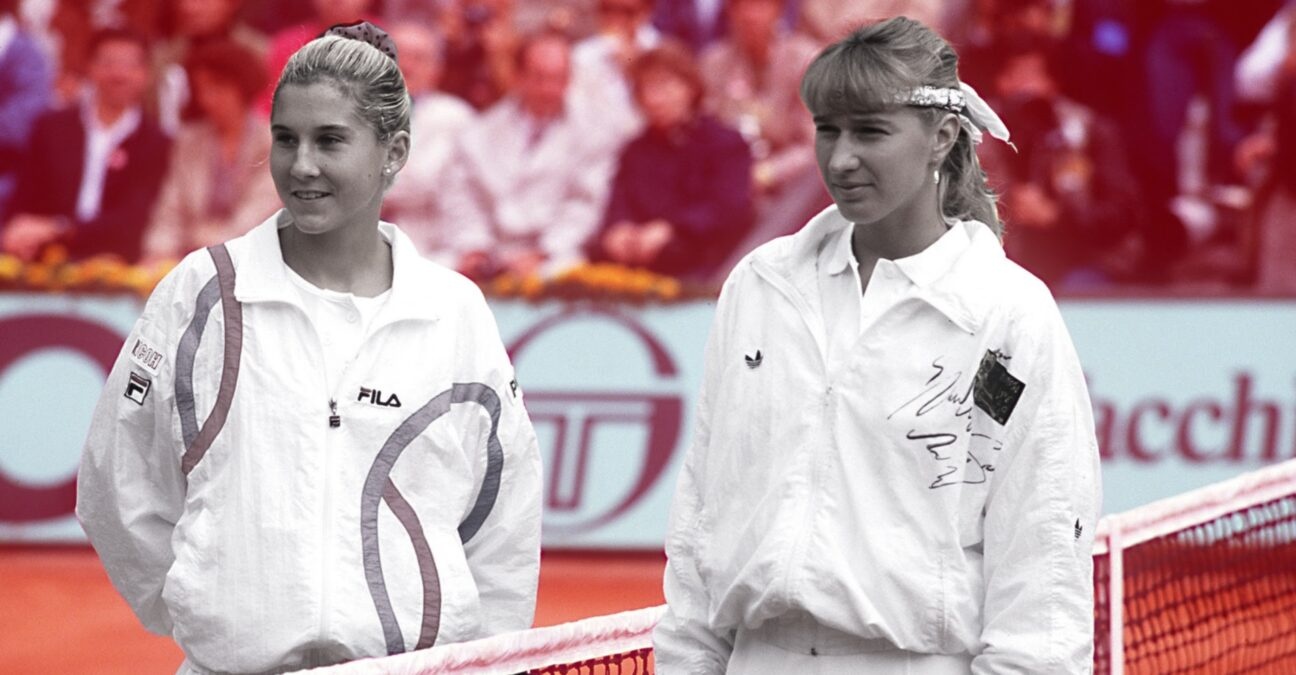 Monica Seles On This Day 9_6
Monica Seles On This Day 9_6
What happened exactly on that day?
On this day, June 9, 1990, Monica Seles edged Steffi Graf in the Roland-Garros final (7-6, 6-4) and became the youngest player to ever win a Grand Slam tournament.
At the age of 16 years and six months, the Yugoslav put the cherry on top of an amazing, undefeated clay-court season. This victory marked the start of a new era in women’s tennis, which Graf had been dominating since 1987 without much opposition.
Seles would not only win the French Open three times in succession but she would topple the legendary German from the world No 1 spot less than a year later, in March 1991.
The players: Monica Seles and Steffi Graf
- Monica Seles: the rising young star in women’s tennis
Monica Seles was born in 1973. She made her first steps on the tour in 1988, at the age of 14 in Boca Raton, where she defeated world No 31 Helen Kelesi (7-6, 6-3). Her powerful groundstrokes, two-handed on both sides, her innovative way of hitting the ball so early and with so much power, and of course her trademark grunting, represented an absolute revolution in the women’s game.
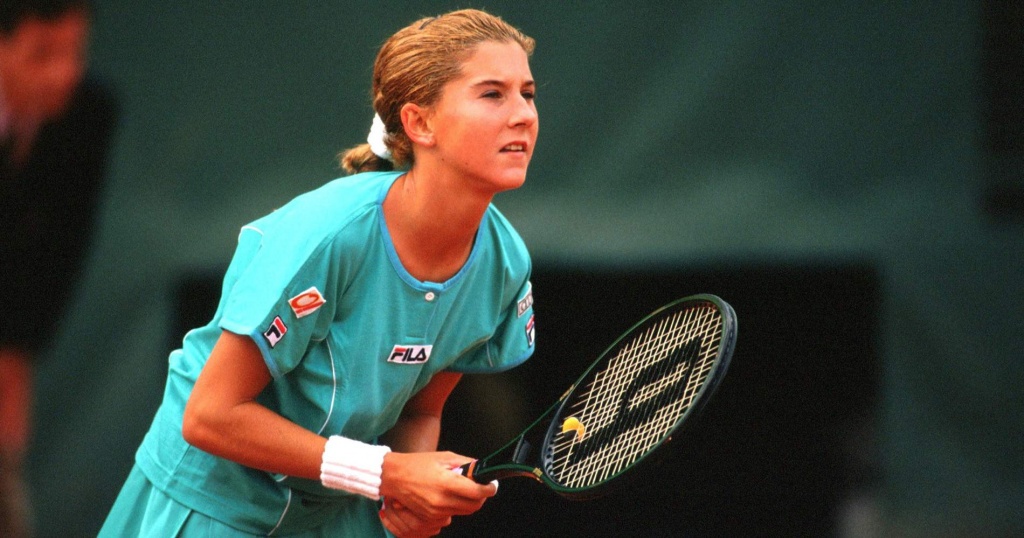
In 1989, Seles played her first full year on the tour and, after claiming her first title in Houston, she played her first Grand Slam main draw at Roland-Garros. This first appearance in Paris would be long remembered. In the third round, facing world No 4 Zina Garrison, 15-year-old Seles gave away flowers to the Centre Court public before crushing her opponent 6-3, 6-2.
She went on to the semi-finals where she was narrowly defeated in three sets (6-3, 3-6, 6-3) by the then invincible Graf, who had won the last five Grand Slam tournaments. In 1990, Seles arrived in Roland-Garros as the world No 3 riding on a wave of confidence, after winning five consecutive tournaments, including three on red dirt.
- Steffi Graf: the numero uno in women’s tennis
Steffi Graf was born in 1969. In 1982, at the age of 13, she became the youngest player ever to earn a WTA ranking. After winning the demonstration event held at the 1984 Los Angeles Olympics, she constantly improved her game and her results.
She reached the semi-final at the 1985 US Open, at the age of 16, before falling to world No 1 Martina Navratilova (6-2, 6-3). In 1986, she claimed her first title at Hilton Head, before reaching the US Open semi-finals once again. Closely monitored by her father, Graf had her breakthrough year in 1987, when she lifted her first Grand Slam trophy, edging out Navratilova in the Roland-Garros final, and finishing runner-up to Navratilova at Wimbledon and the US Open.
On August 17, Graf even took the world No 1 ranking from Navratilova (who had held it with little interruption since 1982) and had been holding it ever since. 1988 was the greatest year in Graf’s already legendary career. It was the year she completed the Golden Grand Slam, claiming the Olympic gold medal to go along with the four Grand Slam titles that year, a unique achievement in tennis history.
In 1989, Graf maintained her outrageously strong hold on women’s tennis by claiming three of the four Grand Slam tournaments. Her only defeat at the Slams came in the Roland-Garros final against Arantxa Sanchez (7-6, 3-6, 7-5). She then won the 1990 Australian Open and therefore, at the age of 20, already had nine major titles on her list of achievements.
The place: Stade Roland-Garros, Paris
The story took place in Roland-Garros, Paris. The stadium, located in the west of Paris at the edge of the Bois de Boulogne forest, had been hosting the French Grand Slam since 1928. It was the first and now the only Grand Slam to be played on clay, the slowest surface, which made it the hardest tournament to win from a physical perspective.
Roland-Garros was the place where Graf had claimed her first Grand Slam title, in 1987, and in 1988, she had left her print by winning the shortest Grand Slam final in tennis history, beating Zvereva 6-0, 6-0 in 32 minutes.
The facts: Seles becomes the youngest Grand Slam champion in history
On June 9, 1990, a very exciting women’s final was scheduled at Roland-Garros.
On one side was Graf, the undisputed world No 1 who had won eight of the past nine Grand Slam tournaments – her only loss coming in the final of the 1989 French Open. She had not dropped a single set on her way to the final. No matter who stood against her, she was always the favourite.
On the other side of the net stood Seles. The 16-year-old had already reached the semi-finals in Paris the previous year, but in 1990, she had taken her game to a higher level. In the months leading up to Paris, she had won five consecutive tournaments, outhitting and overpowering her opponents in a way that made Navratilova, dispatched 6-1, 6-1 in the final of the Italian Open, say: “I felt like I’ve been hit by a truck”. In Berlin, the last tournament before Roland-Garros, Seles even managed to beat Graf (6-4, 6-3), against whom she had lost her first three encounters in 1989.
The final started with dark clouds gathering above Paris. Seles set the standard by hitting a return winner on the very first point: it was going to be brutal. The Yugoslav took a 3-1 lead before the storm eventually fell upon Court Philippe Chatrier and sent the players back to the locker room.
The delay did not break Seles’ concentration but as she led 5-3, Graf raised her level, evened the score and the set went into a tiebreak. Falling behind 5-0, Seles displayed great fighting spirit and outstanding lucidity to come back and take the first set, 7-6.
In the second set, Seles pushed on with her aggressive strategy. Parked on the baseline, she grunted like no one before her and ran Graf around the court, brutally. Once again, she prevailed on the most important points, saving two break points at 4-4, before sealing her victory in the next game. The teenager had made her dream come true: aged only 16, she had just won Roland-Garros, 7-6, 6-4 to become the youngest Grand Slam champion in tennis history.
What next?
The revolutionary game style displayed by Seles in 1990 would set a new standard for women’s tennis. In the years to come, her manner of taking the ball on the rise with unabated aggression would be copied all around the world to the point where it would become the dominant game style in the women’s game.
For Seles, this victory would not only be the first of three consecutive Roland-Garros titles, it would be the beginning of a journey that would lead her to overtake Graf on March 11, 1991 and become the youngest world No 1 in tennis history.
In the following years, she would dominate the game and her achievements would be remarkable: from January 1991, Seles would win seven of the eight Grand Slam tournaments she participated in, losing only the 1992 Wimbledon final, for a 56-1 record. Furthermore, she would claim three WTA Championships in a row in 1990, 1991 and 1992. Her reign would be tragically interrupted after she was stabbed on court by a deranged spectator in April 1993.
Although Seles would come back on the tour in 1995 and claim a last Grand Slam title at the 1996 Australian Open, Seles would never again reach the standards of her first years on the tour.
Graf would hold the No 1 WTA ranking until she was eventually deprived from it by Monica Seles in 1991. After Seles’ stabbing in 1993, she would recover the top spot until 1997, setting a new record of 377 weeks spent as world No 1. By winning the 1995 US Open, she would become the only woman in history to win each of the four Grand Slam titles at least four times. When she retired, in 1999, soon after claiming her last major crown at Roland-Garros, she would have an amazing total of 22 Grand Slam singles titles to her name.
